Film photography is in very high demand this year. Store shelves are routinely running out of the most popular films as manufacturers like Kodak are unable to keep up.
All this in a time when we have incredible digital cameras technology that has essentially democratized the medium.
So why are photographers, young and old, running back to shooting film?
The film photography trend is largely happening because our obsession with perfection has left many people wanting to take photos for fun or to create art.
In this article, I’ll go over the top 10 reasons why so many photographers like me are having the time of their lives going back to shooting film.
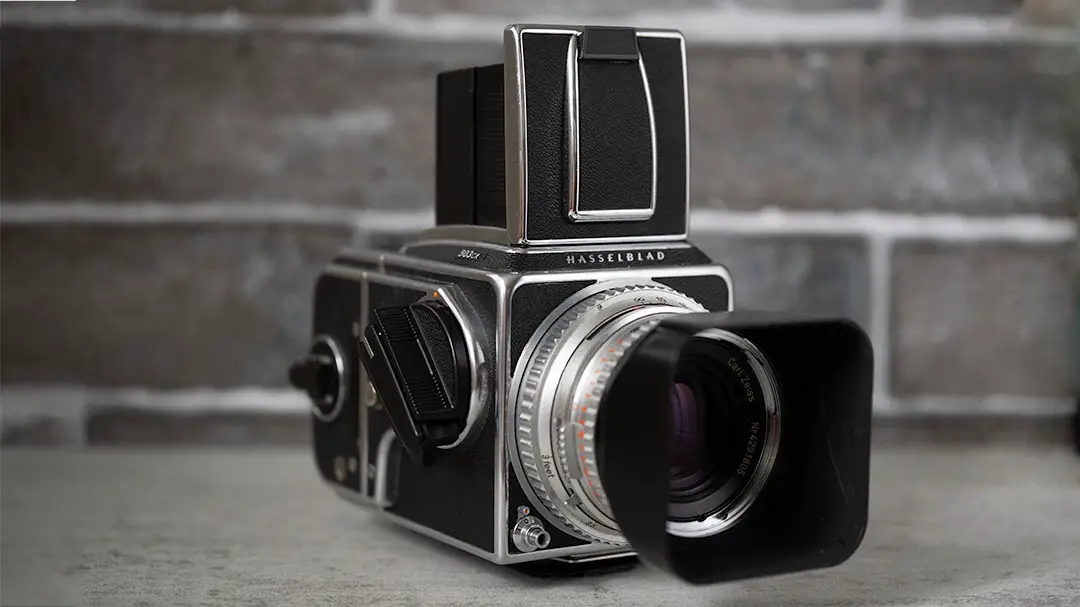
1. It’s all about the manual photography experience
Just like everything else, cameras aren’t made like they used to be. There was something about the heavy, all-metal construction and manual experience of using a manual film camera that just makes you fall in love with the process.
I can, and regularly do, take 7000+ digital photos at a wedding (20,000 if it’s over a couple of days). But nothing about that process gives the same satisfaction as winding the film, pressing the button, and hearing that beautiful kerplunk of the mirror and shutter.
Compared with our overtly plastic and electronic world that seeks to remove everything analogue, a film camera allows us to physically feel the artistry and ingenuity that went into these devices. And shooting film feels like the difference between cooking an entire family meal from scratch versus buying McDonald’s from the drive thru.
You may still become full, but you don’t get that satisfying, Hugge feeling from a digital camera.
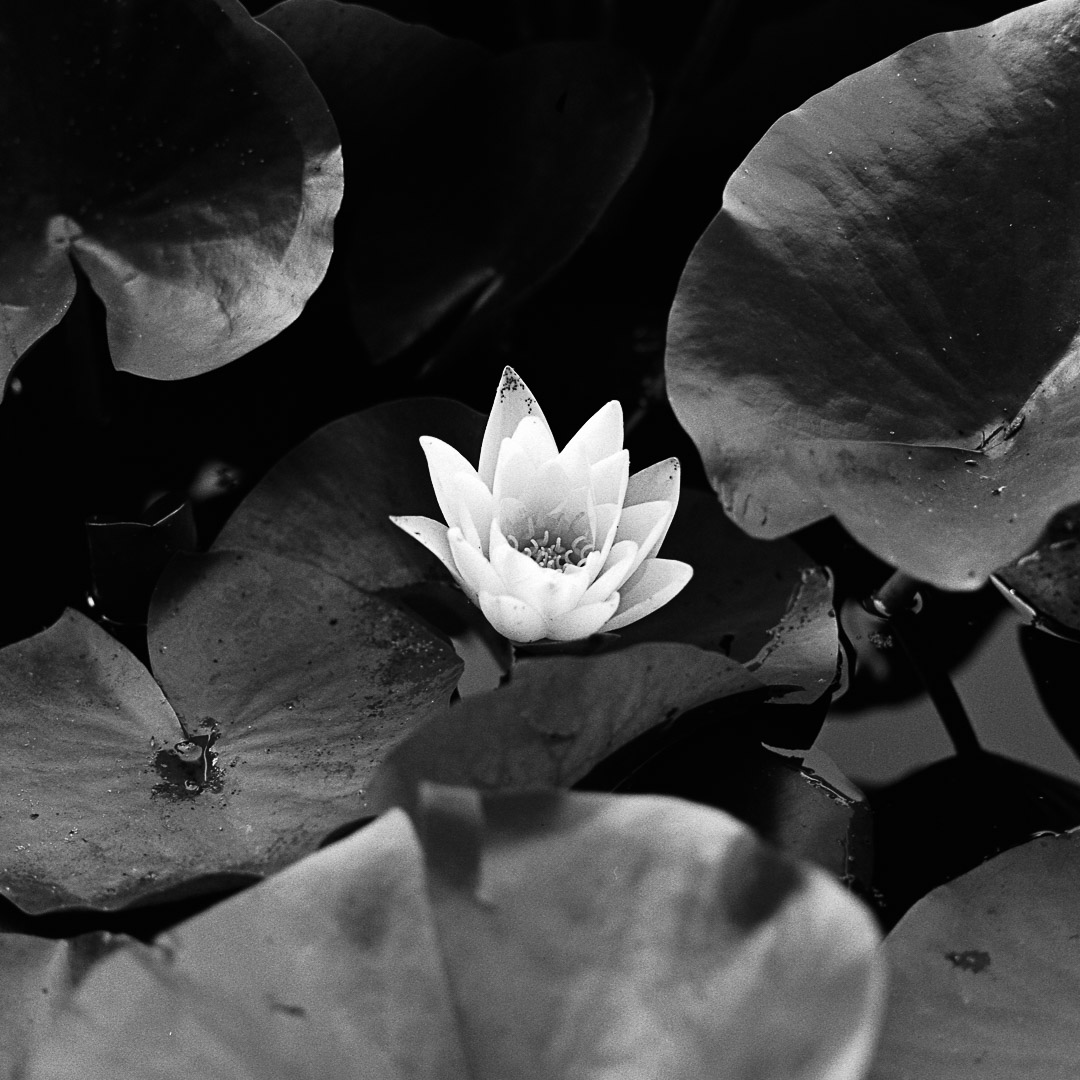
2. Film photography makes you a better photographer
The immediate feedback of digital is awesome when you’re first learning photography, but there’s nothing quite like planning out a shot, and then seeing it materialize on the negative.
Film also gives the photographer a real chance to pause and think about the next photographs coming up. Every time you have to advance the film, or re-meter the scene in different light, there is a moment to pause and think about the next shot.
Changing the roll of film gives you a moment to speak to the model, look at the scene a little differently, and to otherwise have a small rest, or boring pause that gets you thinking. In the end, I truly believe that these moments are where you discover the very best photo opportunities.
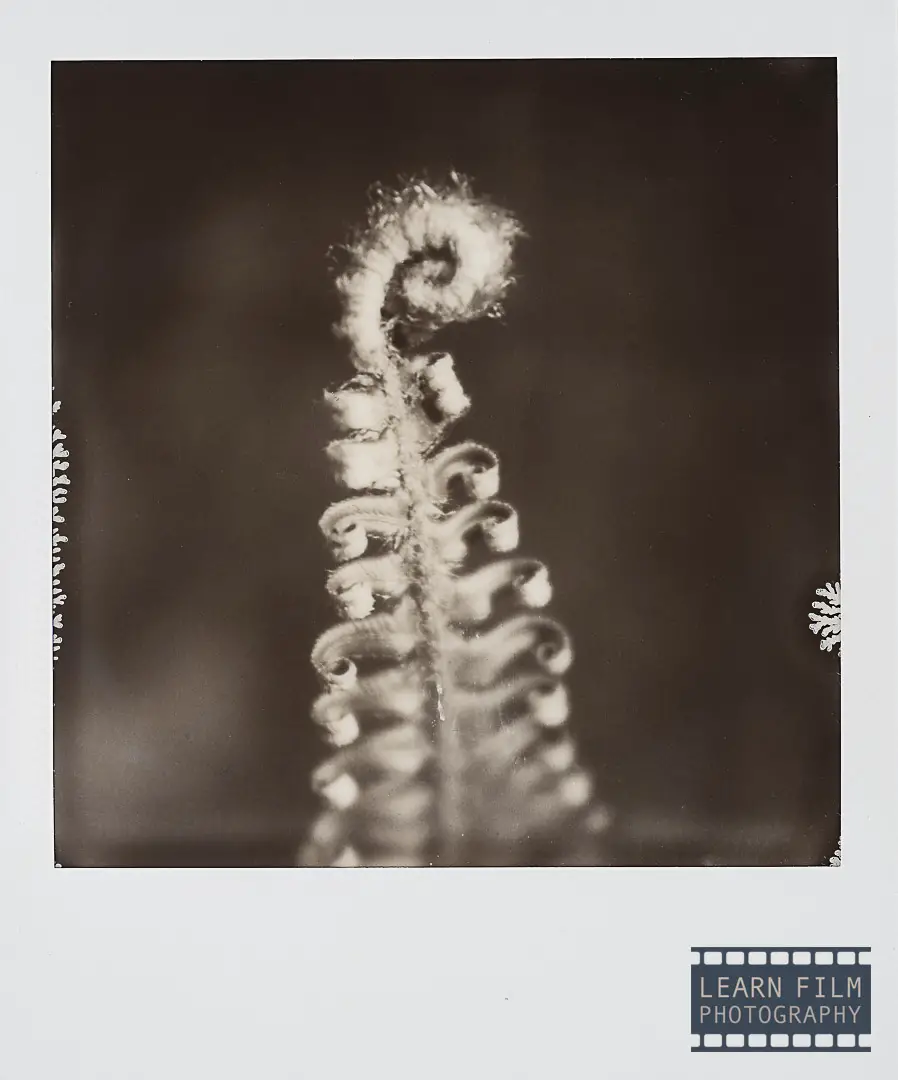
3. Not all photographers want perfection
The pursuit of perfection can lead us down some strange paths. When I was building a career in digital photography, I lusted endlessly after the gear that I thought would unlock photography and build a following on social media.
Gear was an endless obsession that cost a ton of money and never really opened any doors (except, maybe to photograph houses for Airbnb or real estate agents — never those big bucks, though).
Film photography breaks that down. The (much cheaper) lenses have their own characteristics, and film is inherently less sharp than a digital sensor (even if the real resolution can be far higher than digital). But also, imperfections from dust, light leaks, or even bathing the film in a quality-destroying soup are embraced because of the inherent, accidental beauty that they bring to the final image.
We can still make incredibly sharp and inherently professional-quality images on film, but embracing the mistakes is just so much less pressure.
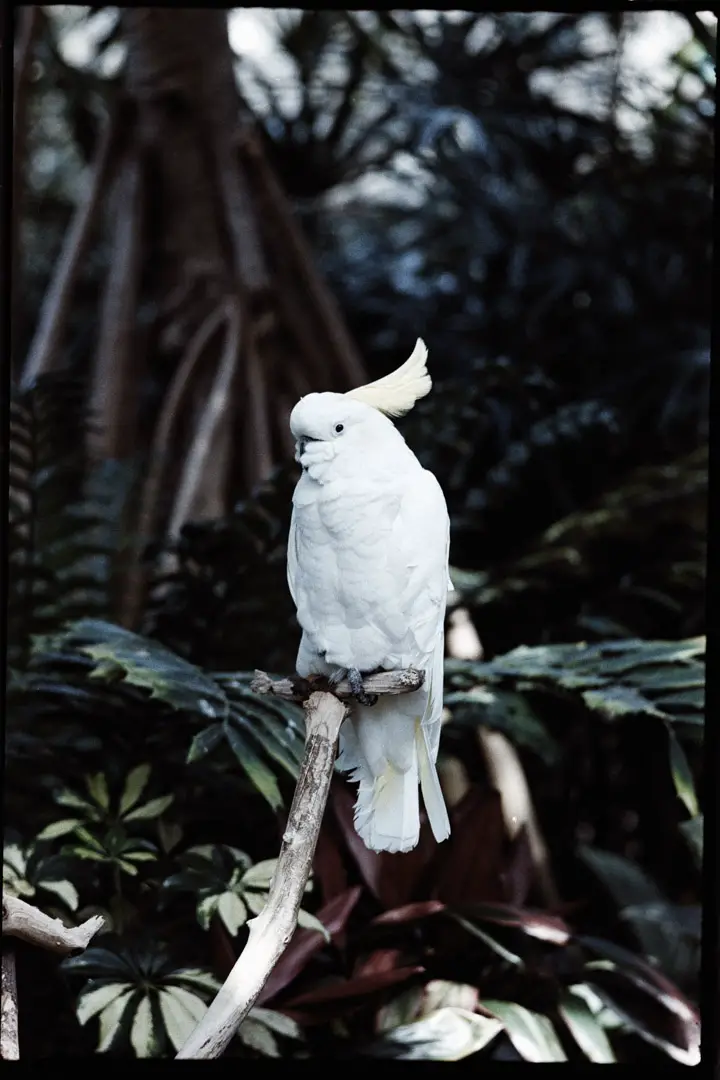
4. Pro lenses are ridiculously cheap on film
GAS (Gear Acquisition Syndrome) is a problem for all photographers. But at least for film enthusiasts, it’s possible to get an amazing camera with a couple of high performance lenses for under $500.
Look for older Pentax, (especially the M42 mount cameras) Minolta, or Olympus cameras, which were extraordinarily popular among student photographers to find great deals on reliable cameras. See my top tips for the best places to find a film camera.
There are, of course, examples where the film cameras now cost as much, or even more than digital, but those are usually relegated to the overtly pro cameras that weren’t in high circulation even during the film days.
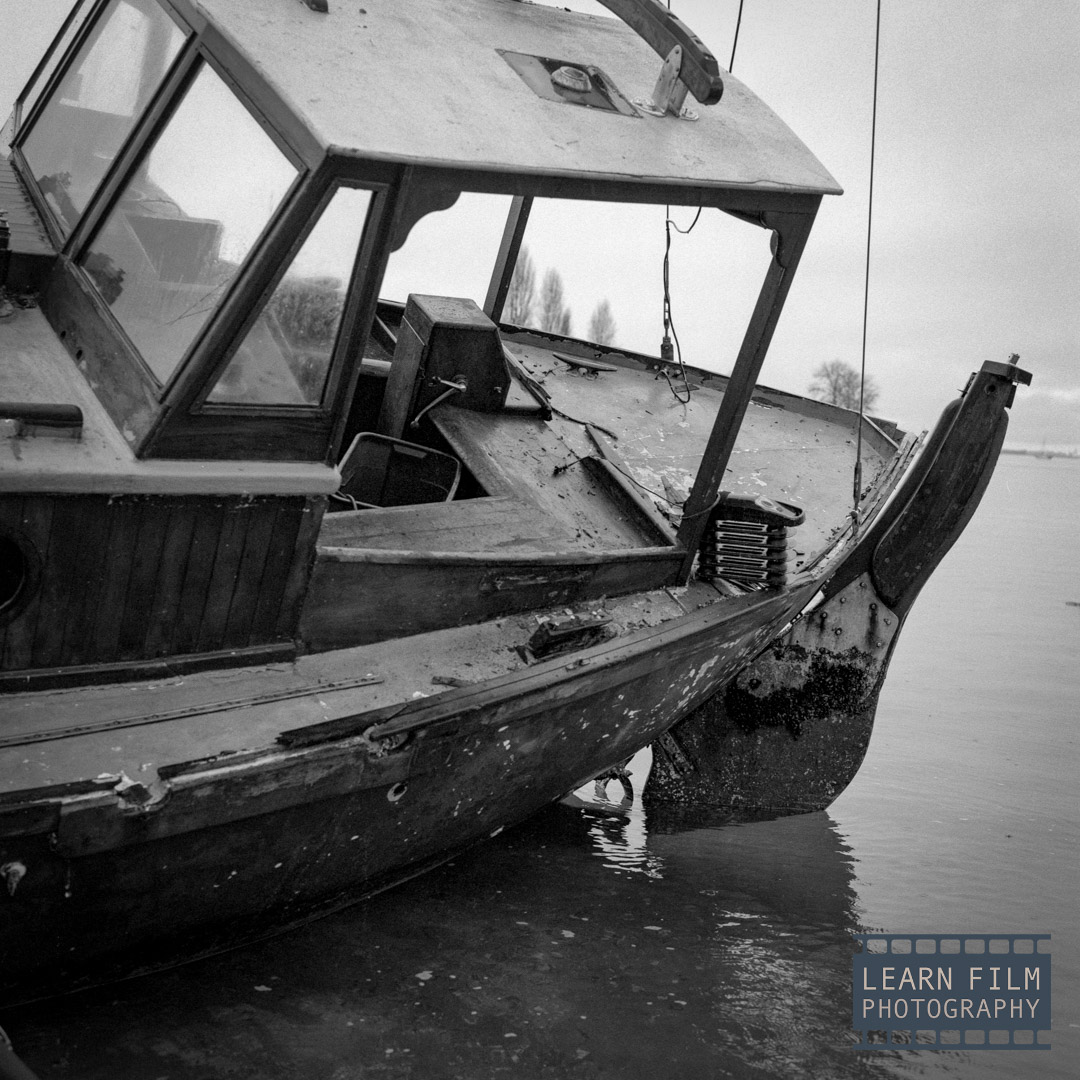
5. Medium format still creates higher resolution images than (most) digital cameras
If you want the highest resolution images, medium (and especially large) format film cameras still have the ability to create the most detailed images possible in our modern age outside of a university or NASA laboratory.
When paired with low-ISO film, like Ilford Pan F+, the post-development resolution of 35mm film is over 70 megapixels — a feature that is only available on a select few digital cameras today.
That resolution very quickly drops to under 30 megapixels when using ISO 400 film in 35mm cameras. But for a moment, we can still think film is the superior process — at least, that’s what we’ll tell smug digital photographers.
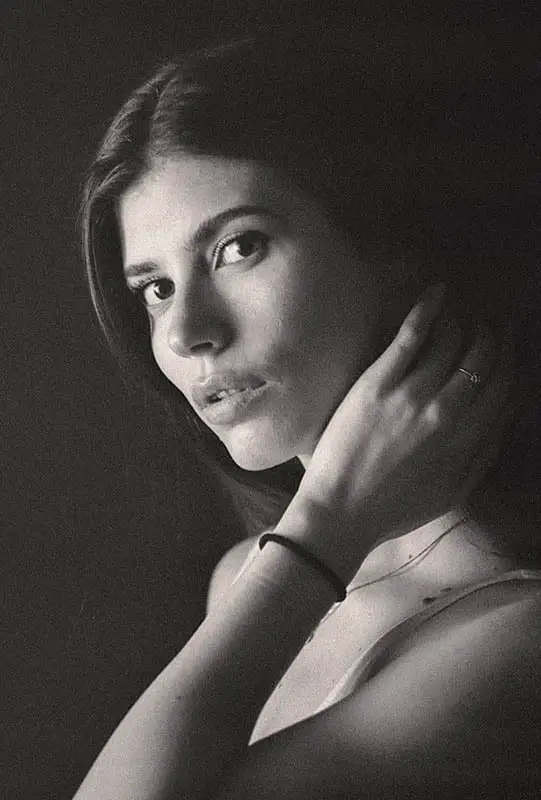
6. Film grain makes images more interesting
There’s something beautiful that happens when you shoot an image on film. The grains create an intriguing texture that feels more realistic overall. And the increased contrast on film can mean that details in the dark sections get absorbed into the grainy shadows.
When that combination is used in the right way, it creates an image that is full of mystery. That mystery can what brings users in and keeps them looking at an image long term.
The best way to get big grains and create that 1960s look is with a high ISO film like Ilford Delta 3200. Learn more about this awesome film, and how Delta 3200 can create those stunning classic looks that we all gravitate to film for here.
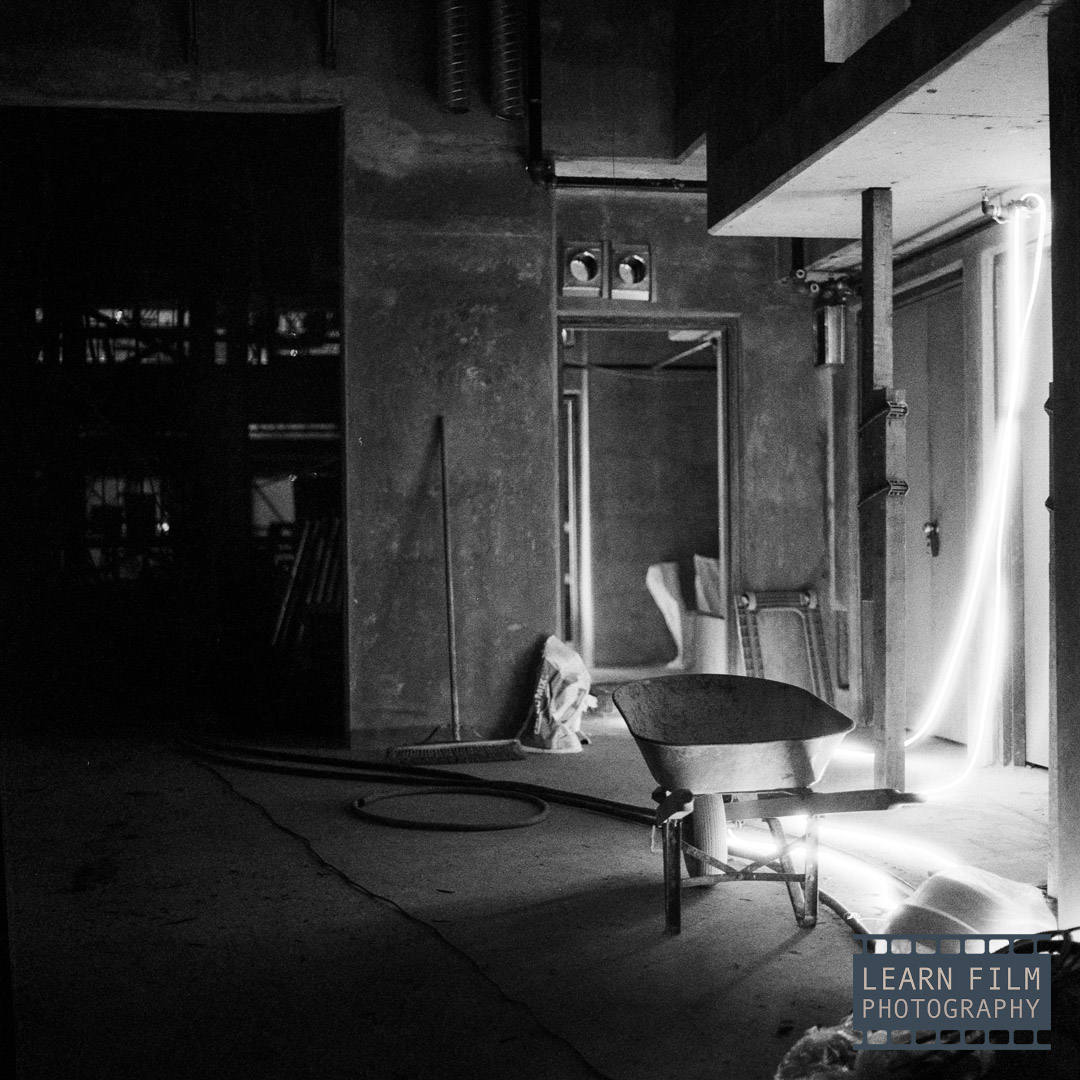
7. Creating photos with your hands
When you develop and print film at home, you get to finally put all those high school science skills to the test. You get to put on a lab coat, measure chemicals, and harness the power of chemical reactions to create awesome photos.
Developing and printing home is a fun and cool process that feels more like woodworking, pottery, or painting than digital photography. After years of creating photos behind a computer desk, developing film was a true breath of fresh air.
Just finding out that I could do this stuff in the bathroom was an enlarger and developing kit that was essentially given to me was the greatest feeling. I’d spend long hours figuring it out, and making bad images at first. But over time, it got easier and easier as I improved my equipment and process.
The joy of going into a darkroom and creating these images with my hands was life changing. Photography became an art form that I could control and enjoy — not a digital process that required countless hours behind a computer only to create images no one would ever see.
Get started developing film at home the easy way in this simple guide.
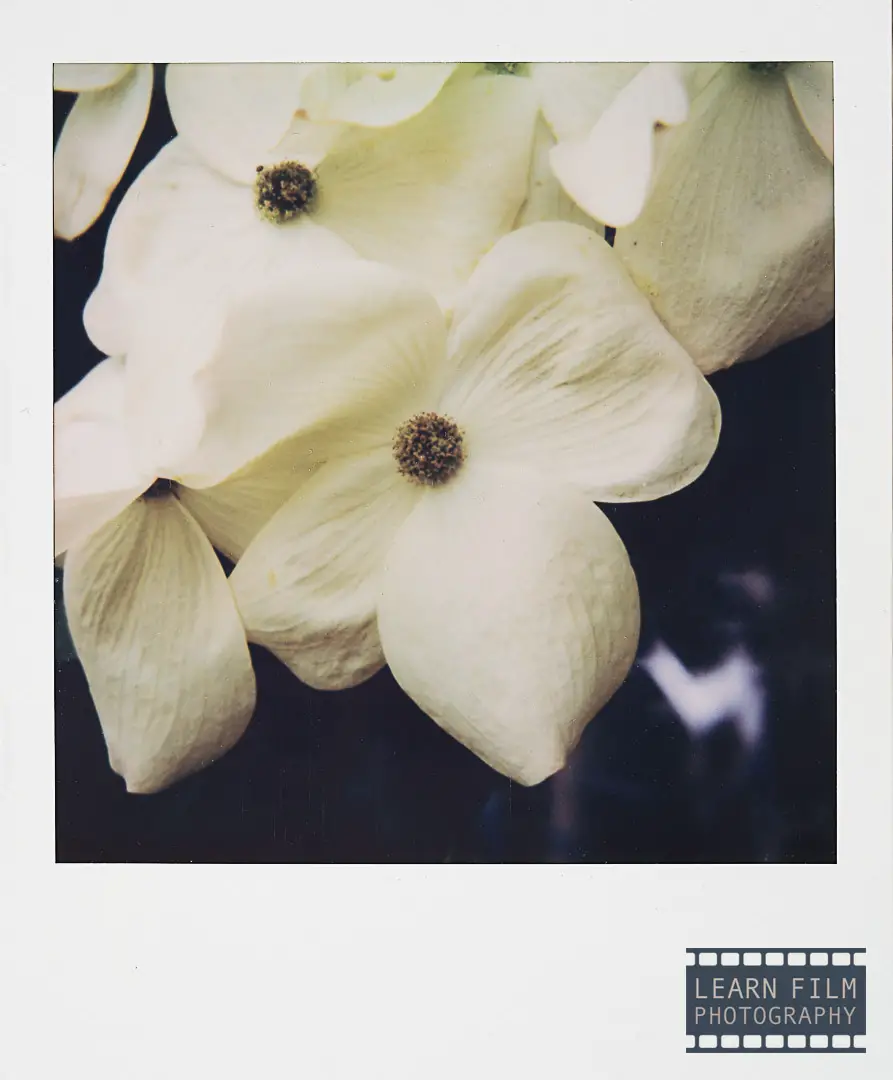
8. Seeing images a week later is exhilarating
There is something awesome about seeing images instantly. But stepping back, and having them appear down the road gives you some chance to rediscover and relive the feelings and emotions you went through on that day.
The value of the images changes overtime. When you take the photo, there was something obvious that made you pull the trigger. But then when you get to the images a week or a month later, the details that made you pull the trigger may be different than what grabs your attention now.
This is called the punctum, according to Roland Barthes in his famous philosophical book on photography, Camera Lucida. With digital photography, everything is so immediate that you don’t get to go back with fresh eyes and really get to feel and understand the work with fresh eyes.
If you’ve never heard of Roland Barthes, Camera Lucida is a great read. It’s fairly short, but has some interesting ideas on what makes an image powerful for the viewer and the photographer.
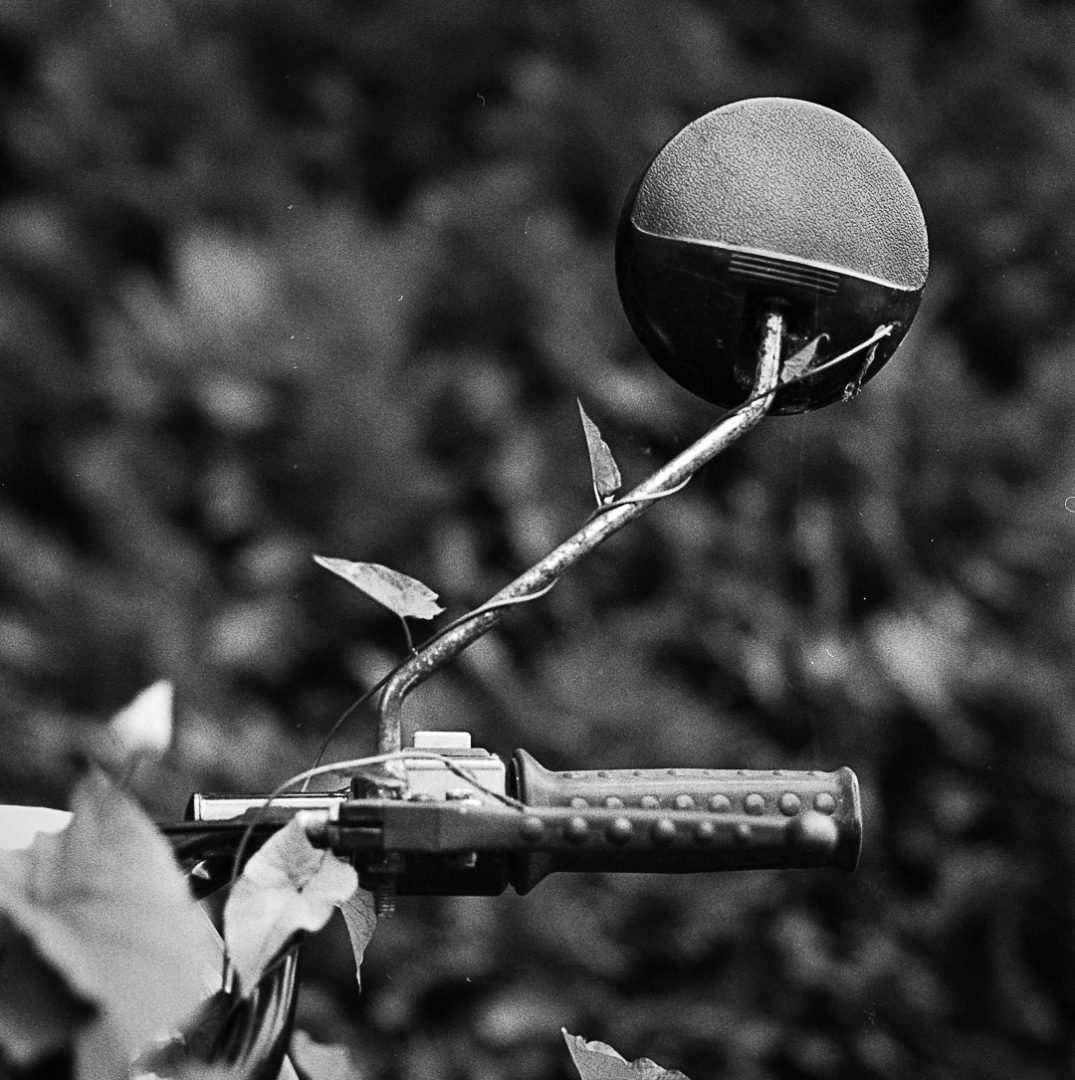
9. Digital photos don’t leave the computer
The most important step for improving photography is to print your photos. Whether that’s in a book, or to hang on the wall, printing your photos allows you to fully see them, and understand what makes them work.
Film photography makes that easier to do. Whether you order small prints to be made at the lab when they develop a roll, or print them yourself in the darkroom, you’ll have so many more opportunities to see images in their most powerful format.
When I was making photos for fun with a digital camera, they’d often end up on Instagram, or some other medium where they went to die. But with film, I spend so many more hours working with photos to perfect my craft.
And this is just another way that film helps you to become a better photographer.
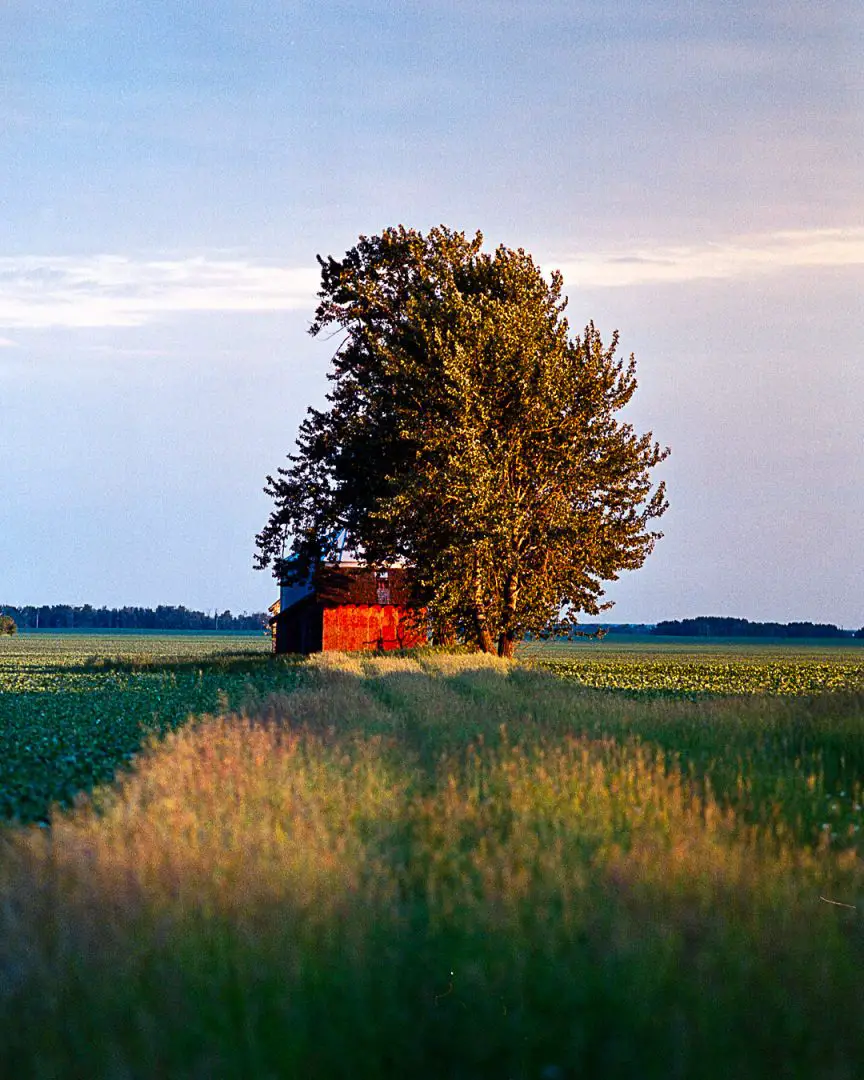
Final thoughts
I got into film for a variety of reasons. But chief among them was being able to make photographs with my hands rather than on a computer. I spent years chasing perfection, only to love the images I created on film so much more — even though they were technically lower quality.
When I started printing, I simply sucked at it, but I just loved creating these images in the darkroom, and handing them out to friends as little mementos of our limited times together. And film just does that better than digital photos ever will.
That’s why, when people ask, I say I don’t shoot digital for fun. It’s only ever going to be film, and it’s making me a better photographer.
If you made it down to the end here, thanks so much for your time. This blog is a passion project of mine that’s designed to help new film photographers create better images by taking a scientific and eco-friendly approach to film photography.
You can learn more about film photography by subscribing to our YouTube channel, or by joining learnFilm.Photography on Facebook, Grainery, or Instagram. And if you like the content, you can support the site by checking out my print collection on Darkroom.Tech.

By Daren
Daren is a journalist and wedding photographer based in Vancouver, B.C. He’s been taking personal and professional photos on film since 2017 and began developing and printing his own photos after wanting more control than what local labs could offer. Discover his newest publications at Soft Grain Books, or check out the print shop.

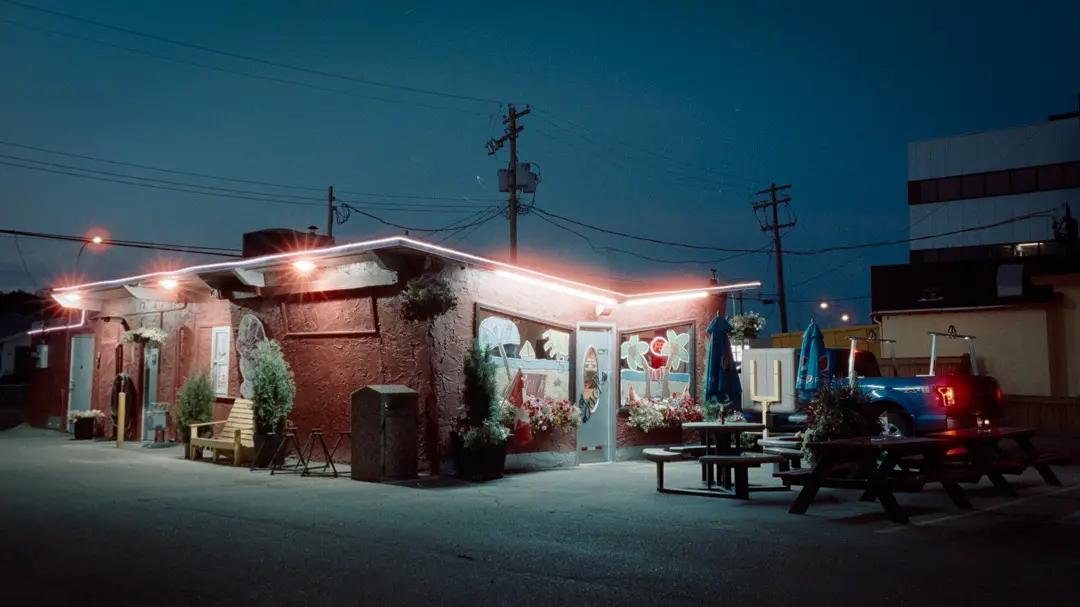
Making a photo is much more involved than taking a photo!
I listened to a ‘phone photographer’ explain how he had 20,000 images on his phone .
Can’t explain it , but thats photography by chance.
Take enough exposures and you will eventually have a good one?
TB